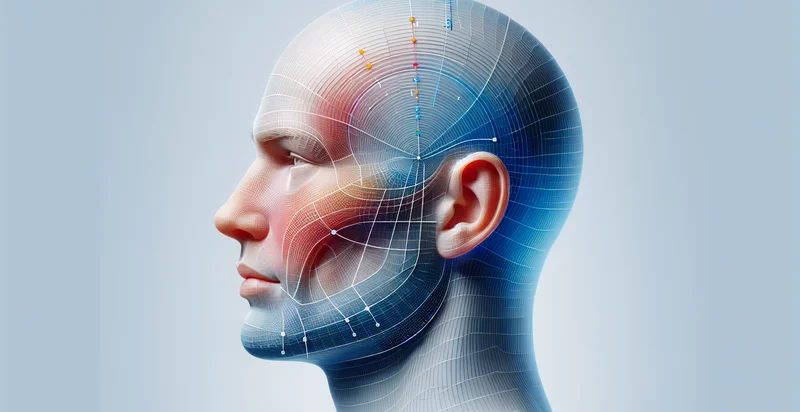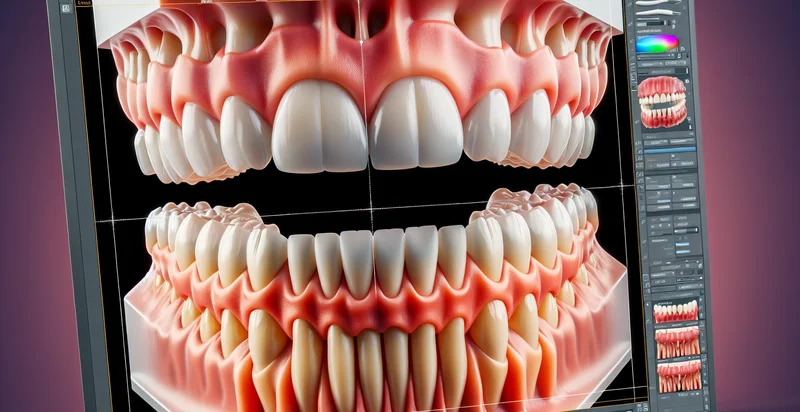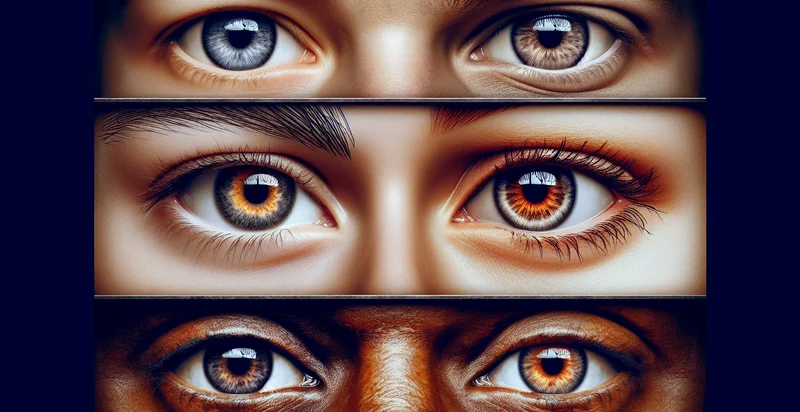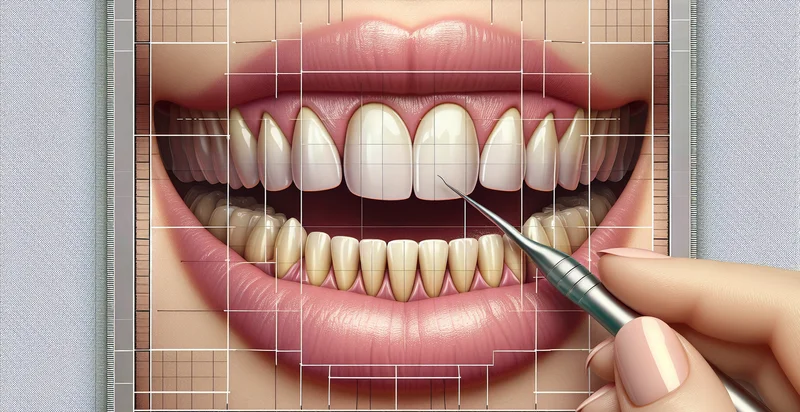Identify jaw alignment
using AI
Below is a free classifier to identify jaw alignment. Just upload your image, and our AI will predict what type of jaw alignment it has - in just seconds.

Contact us for API access
Or, use Nyckel to build highly-accurate custom classifiers in just minutes. No PhD required.
Get started
import nyckel
credentials = nyckel.Credentials("YOUR_CLIENT_ID", "YOUR_CLIENT_SECRET")
nyckel.invoke("jaw-alignment", "your_image_url", credentials)
fetch('https://www.nyckel.com/v1/functions/jaw-alignment/invoke', {
method: 'POST',
headers: {
'Authorization': 'Bearer ' + 'YOUR_BEARER_TOKEN',
'Content-Type': 'application/json',
},
body: JSON.stringify(
{"data": "your_image_url"}
)
})
.then(response => response.json())
.then(data => console.log(data));
curl -X POST \
-H "Content-Type: application/json" \
-H "Authorization: Bearer YOUR_BEARER_TOKEN" \
-d '{"data": "your_image_url"}' \
https://www.nyckel.com/v1/functions/jaw-alignment/invoke
How this classifier works
To start, upload your image. Our AI tool will then predict what type of jaw alignment it has.
This pretrained image model uses a Nyckel-created dataset and has 5 labels, including Aligned, Misaligned, Moderately Misaligned, Severely Misaligned and Slightly Misaligned.
We'll also show a confidence score (the higher the number, the more confident the AI model is around what type of jaw alignment it has).
Whether you're just curious or building jaw alignment detection into your application, we hope our classifier proves helpful.
Related Classifiers
Need to identify jaw alignment at scale?
Get API or Zapier access to this classifier for free. It's perfect for:
- Dental Diagnosis Assistant: The jaw alignment identifier can aid orthodontists by automatically assessing the alignment of a patient's jaw through analysis of X-ray images. This function can help in detecting misalignments or abnormalities, streamlining the diagnostic process and ensuring timely treatment decisions.
- Personalized Treatment Planning: By utilizing the jaw alignment identifier, dental professionals can create customized treatment plans based on precise measurements of a patient's jaw alignment. The function can analyze individual variations, allowing for more effective and tailored orthodontic interventions.
- Post-treatment Evaluation: After orthodontic treatment, the jaw alignment identifier can assess the success of the procedure by comparing pre- and post-treatment images. This feature enables practitioners to provide evidence-based reports to patients regarding their treatment outcomes.
- Remote Consultation Tool: The jaw alignment identifier can be integrated into telehealth platforms, allowing dental professionals to perform remote consultations. Patients can upload images for analysis, enabling professionals to evaluate jaw alignment without the need for in-person visits, making dental care more accessible.
- Research and Development: Researchers can leverage the jaw alignment identifier in clinical studies to gather data on different jaw alignments and treatment outcomes. This data can foster advancements in orthodontic techniques and lead to better understanding of jaw-related conditions.
- Patient Education & Visualization: The identifier can generate visual reports for patients, illustrating their jaw alignment issues and proposed treatment plans. By allowing patients to visualize their conditions and potential results, it enhances understanding and engagement in their treatment process.
- Training Tool for Dental Students: Dental schools can incorporate the jaw alignment identifier into their curriculum as a training tool for students. This interactive tool can help them practice diagnosing jaw alignment issues and understanding the nuances of orthodontic assessments in a simulated environment.


